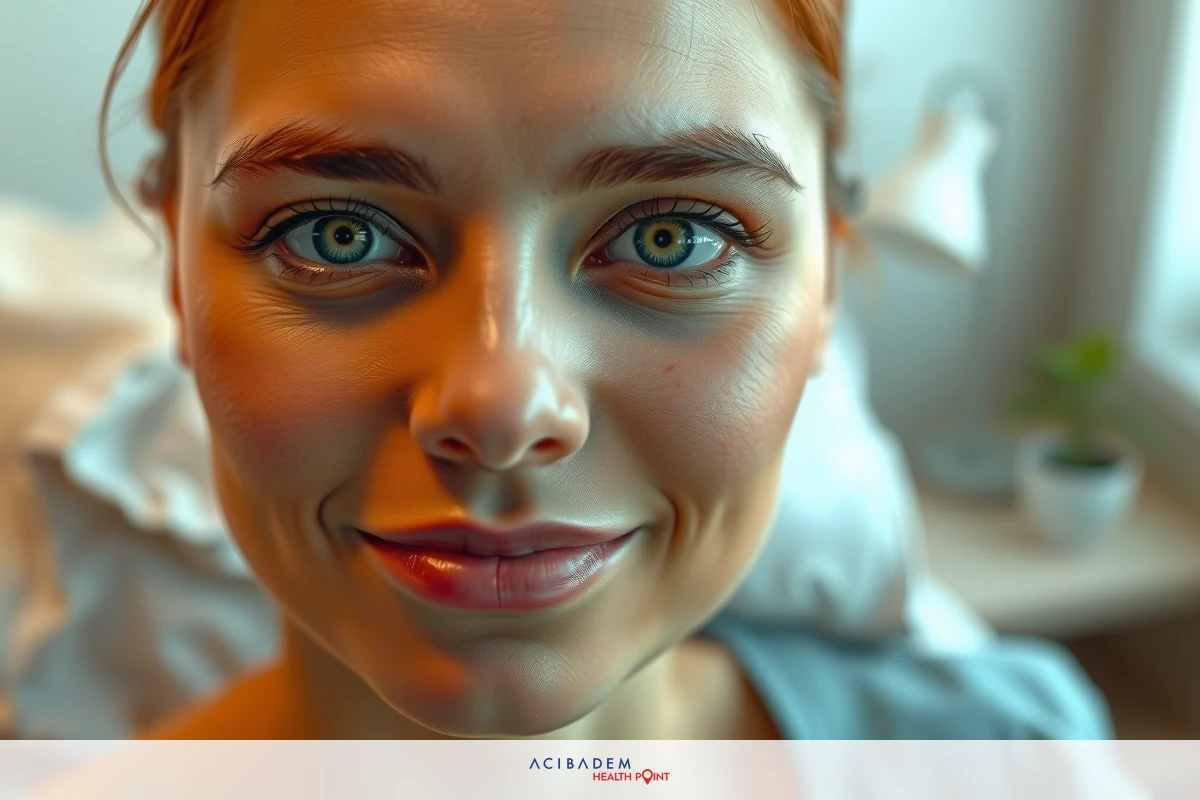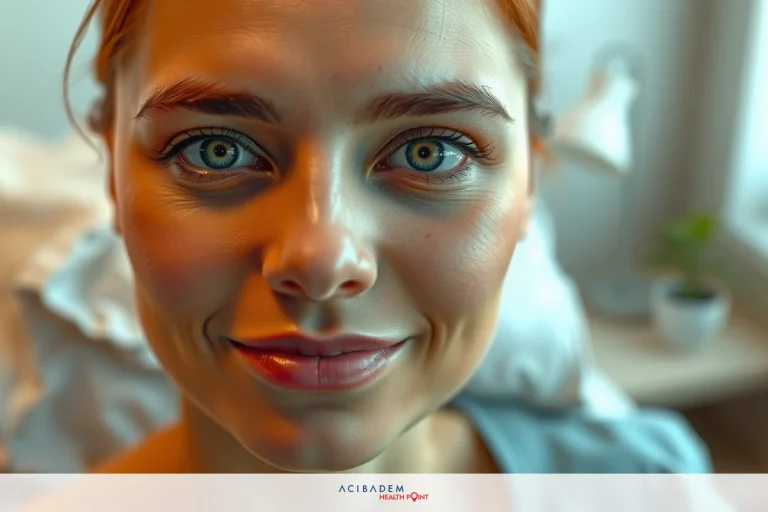How Much Does Your Nose Drop After Rhinoplasty
How Much Does Your Nose Drop After Rhinoplasty Rhinoplasty, a common facial operation, ushers in subtle yet impactful changes to one’s appearance. It brings along several queries related to recovery and post- operative care; knowing what to expect can ease patient anxiety. Managing swelling and bruising is an integral part of the healing process. Effective tools exist for coping with these challenges: enhancing comfort during convalescence.
Long-term adjustments may follow rhinoplasty. Understanding them equips patients for a smoother journey towards their new look. Subtle transformations occur over months before stabilizing into the final result of this meticulously crafted work on your nose.
Immediate Post-Operative Care
The immediate aftermath of rhinoplasty presents a critical stage in your recovery journey. It demands careful attention to the healing nose, ensuring that post-operative care protocols are strictly followed for optimal outcomes. These measures not only minimize discomfort but also set the trajectory for your nasal changes and overall recovery.
Following surgery, you might notice a significant nose drop. This is an expected part of the process. This slight downturn reflects swelling and other transient factors rather than any permanent shift in structure or aesthetics. As post-operative days pass by, such concerns should gradually fade away as healing progresses.
Rhinoplasty recovery necessitates patience in abundance; it’s certainly not an overnight affair! Adopting diligent care routines can significantly bolster your body’s natural healing mechanisms. Leading to smoother transitions through various stages of recuperation from surgical trauma.
It’s crucial to remember that each person’s experience with rhinoplasty may differ due to their unique physiological responses. Consequently, some patients may observe more rapid improvements while others require additional time for similar results. In essence, there’s no ‘one-size-fits-all’ approach when it comes to post-rhinoplasty rehabilitation; individualized patient guidance remains paramount.
Adherence to prescribed medication schedules ensures effective control over potential pain or discomfort during the initial phase following surgery; however, these must be
taken under strict medical supervision only! Overuse could potentially lead towards unwarranted complications. Hence moderation becomes key!
Navigating through immediate post-operative care after rhinoplasty involves understanding vital aspects such as accommodating fluctuations like nose drop and managing personal comfort levels efficiently through vigilant adherence towards prescribed regimens.
Managing Swelling and Bruising
When you take a look in the mirror after rhinoplasty, do not be alarmed by the initial swelling and bruising. This is part of your body’s natural response to surgical trauma. The key lies in managing this phase effectively. That way, you can reduce discomfort and expedite recovery.
Here are some proven techniques for reducing swelling and bruising post-rhinoplasty:
- Cold Compress: In the first 48 hours following surgery, apply cold compresses around (not directly on) your nose to help minimize swelling.

The image shows a close-up of a woman’s face with an engaging smile. Her eyes have an intense sparkle, enhancing her expression. - Elevate Head: When resting or sleeping, keep your head slightly elevated above heart level; it aids fluid drainage thereby reducing swelling.
- Avoid Strenuous Activity: High-intensity activities increase blood flow which could potentially exacerbate swelling; low-impact exercises such as walking are recommended instead during early recovery stages.
- Stay Hydrated: Adequate hydration supports cellular repair processes leading to quicker healing times; consider incorporating healthy fluids like water or fresh fruit juices into your dietary regimen.
- Balanced Nutrition: Foods rich in vitamins C & K boost collagen production and assist clotting process respectively. Both being crucial for efficient wound healing while also minimizing bruising.
Remember: patience is paramount! While these strategies can indeed promote faster resolution of post-operative signs like bruising or nose drop changes, complete nasal remodeling takes time. Usually spanning several months until achieving final results.
So give yourself ample time to heal! Rhinoplasty offers transformative outcomes but only when paired with diligent adherence towards prescribed protocols including robust management of immediate post-surgical symptoms such as inflammation or discoloration around operative site areas!
How Much Does Your Nose Drop After Rhinoplasty: Long-Term Nasal Changes
In the months following rhinoplasty, your nose undergoes a series of changes as it adjusts to its new structure. This period represents an essential part of your journey towards achieving the desired outcome from this surgical intervention. Understanding these long-term nasal changes can help you adapt more smoothly and manage expectations effectively.
Post-rhinoplasty recovery features ubiquitous swelling which gradually subsides over time; however, some subtle inflammation may persist for up to a year in certain cases! These residual signs do not indicate complications but rather serve as reminders of our body’s intricate healing process at play.
Another common concern revolves around ‘nose drop’, a perceived downturned tip noticed by patients during early post-operative stages. Rest assured, this phenomenon is typically temporary and should correct itself with ongoing healing progression. Patience is key here; any hasty conclusions based on initial appearances might prove premature once final results become apparent.
Rhinoplasty aims to create harmonious alignment between one’s facial features while simultaneously addressing specific concerns such as humps or asymmetries. However, completion of this transformation takes time. Usually spanning several months until achieving final outcomes!
Understanding these potential shifts helps set realistic timelines for anticipated results thereby mitigating undue anxiety related to aesthetic goals or procedural efficacy. Remember: every patient heals at their unique pace so it’s best not to compare progress with others’ experiences!
Navigating through long-term nasal changes after rhinoplasty requires patience and understanding about gradual transformations that occur over extended periods before stabilizing into the ultimate result of meticulously crafted work on your nose.
Frequently Asked Questions
How long does it take for the swelling to completely subside after rhinoplasty?
Swelling usually reduces significantly within a few weeks following surgery. However, subtle swelling can persist for up to a year or even longer in some cases. It's essential to have patience during this period and remember that each person's healing process is unique.
I notice my nose appears slightly turned down post-rhinoplasty - should I be concerned about 'nose drop'?
This perceived downturn of the nose tip, often referred to as 'nose drop', is quite common in the initial stages of recovery and typically resolves itself over time. If you're still noticing this change after several months, you may want to consult with your surgeon.
What are some effective techniques for managing bruising and discomfort during recovery?
Cold compresses (applied around but not directly on your nose), keeping your head elevated while sleeping, avoiding strenuous activity, staying hydrated and maintaining balanced nutrition can all help manage bruising and promote quicker healing.
When will I see the final results of my rhinoplasty procedure?
Rhinoplasty results evolve gradually over time - full nasal remodeling generally takes several months until achieving final outcomes! Remember: every patient heals at their unique pace so it’s best not to compare progress with other’s experiences!











